This is the fifth and final instalment in our blog series on wildlife photography tips from experienced photographer and guide Edward Selfe . Read the other entries in this series here.
Some of the finest photos of wildlife that appear in exhibitions and on the web are a case of “right place, right time”. However, catching that magic moment is not just about luck and I’m sure that the photographers who put their names to those outstanding images would agree with me on that!
Getting award-winning photos requires discipline, dedication, and a very clear and intuitive understanding of your camera. OK – and a little bit of luck!
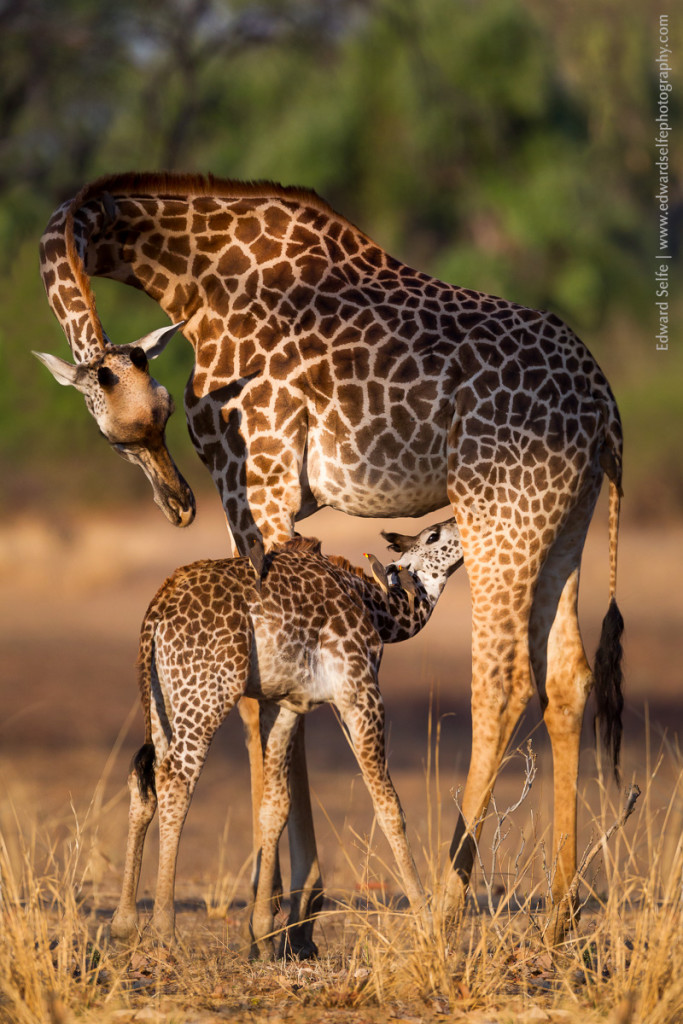
When you’re on safari, forgo that last cup of coffee and hit the road with your guide early in the mornings. It’s a well-known piece of advice, but it’s worth repeating. There have been a few occasions when I’ve arrived late to a sighting and known that leaving camp a few minutes earlier would have given us something truly special.
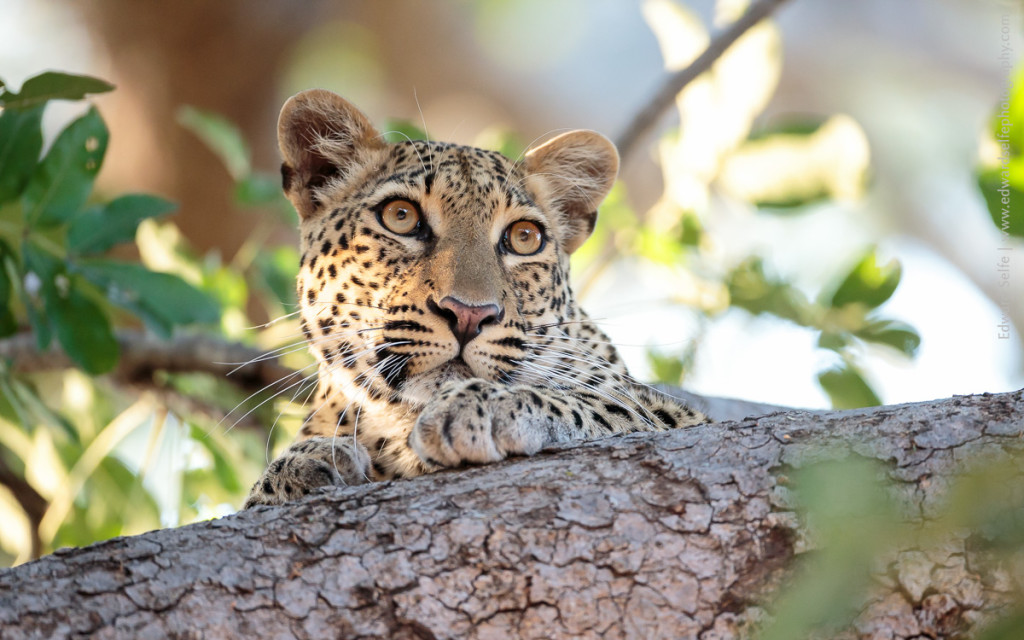
Consult with your guide to find out what sightings occur regularly at particular times of day or certain times of the year. S/he may be able to tell you whether the nearby Carmine bee-eater colony is east or west-facing and therefore help you decide when to visit.
It might also be the case that certain elephant herds like to visit a natural salt-lick on their route to the river each evening. All this information will help you and your guide to make the best of the time you have on safari. Of course, if your guide is also a photographer, all the better!
Some great photographs are not so much about the content, but about a brief moment that occurs between two animals, or the look that crosses the face of a lioness when she spots a warthog in the distance. To some extent, these moments can be predicted, especially if you have a good understanding of animal behaviour (or have a guide who does!).
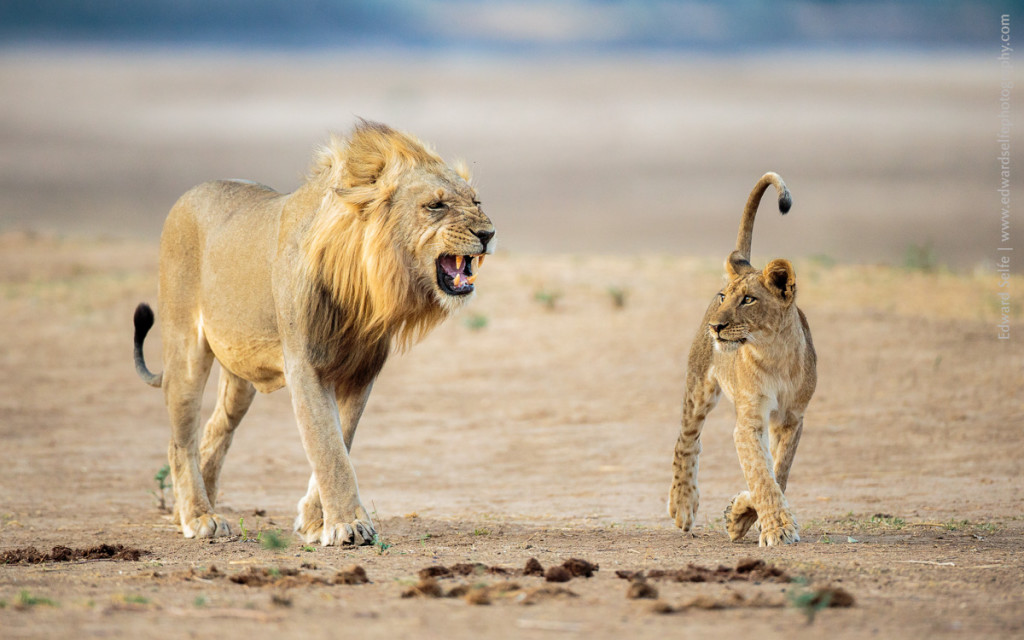
But there are some moments that come and go in an instant and you need to be ready if you hope to capture them. Here are a few pointers that will help you:
- Keep checking your settings when you are at a sighting. In the late evening – when action often happens – the light is falling fast. You’ll need to be increasing your ISO about 1 stop every 4 to 5 minutes to keep up with the declining light.
- Track the action through your lens. Fleeting moments of intimate/aggressive behaviour often come without warning and you’ll miss it if you don’t have the camera to your eye.
- Take a test shot. While waiting for the action – and even if the subject is not in the frame – take a shot of the scene and have a look at it. You might discover that it’s over- or under-exposed and it will prevent your ‘real’ shot from suffering the same way. If the elephants cross the river, do you know how much to under-expose to get rich sunset colours in the water – take a test shot, assess it and then you’ll be ready.
- Prepare for the “What If?” What if the lioness starts to pursue the warthog? Your shutter speed was high enough while she was sitting watching her prey, but will it be fast enough when she rushes towards it?
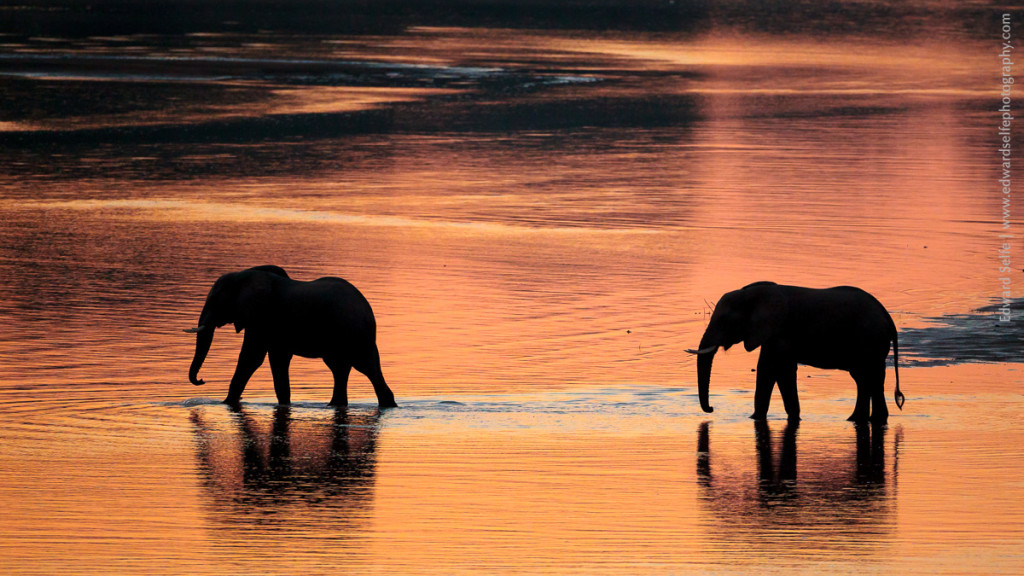
Of course, not all safari-goers want to spend their time checking their camera settings. So taking time to familiarise yourself with your camera before leaving home will allow you to make these adjustments quickly and accurately in the bush.
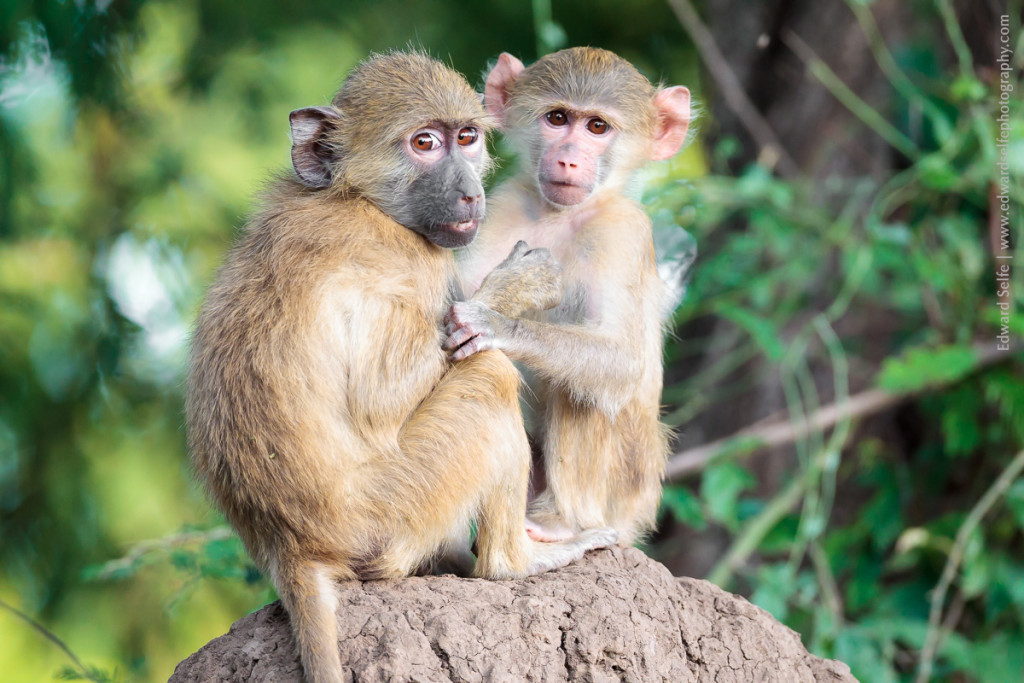
Good luck and enjoy your photography!
For more photo advice, photo safari tours and beautiful images visit www.edwardselfephotography.com

Leave A Comment